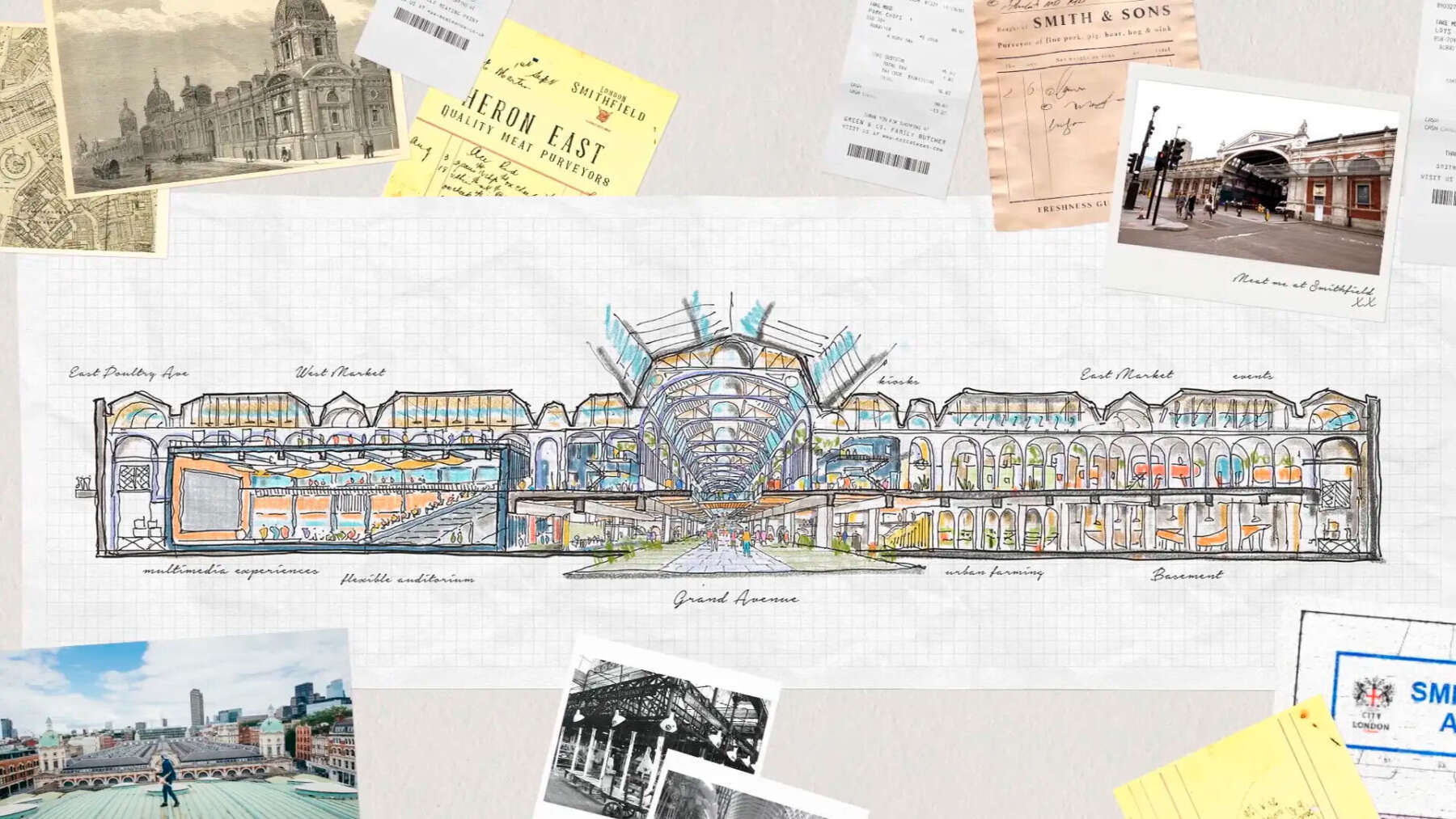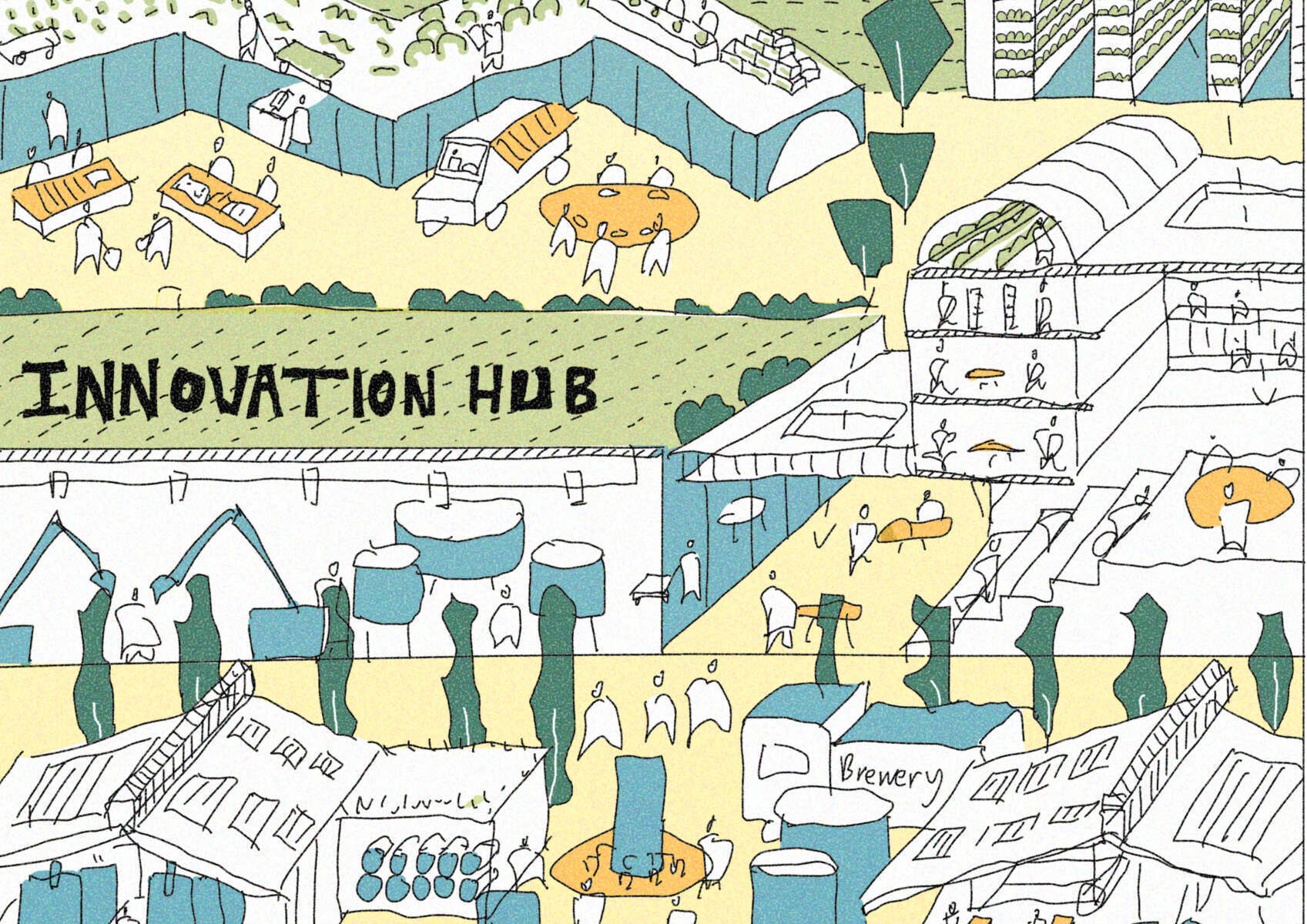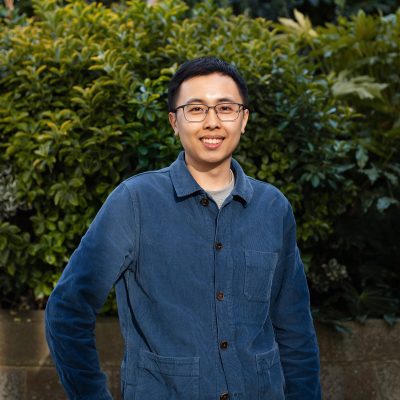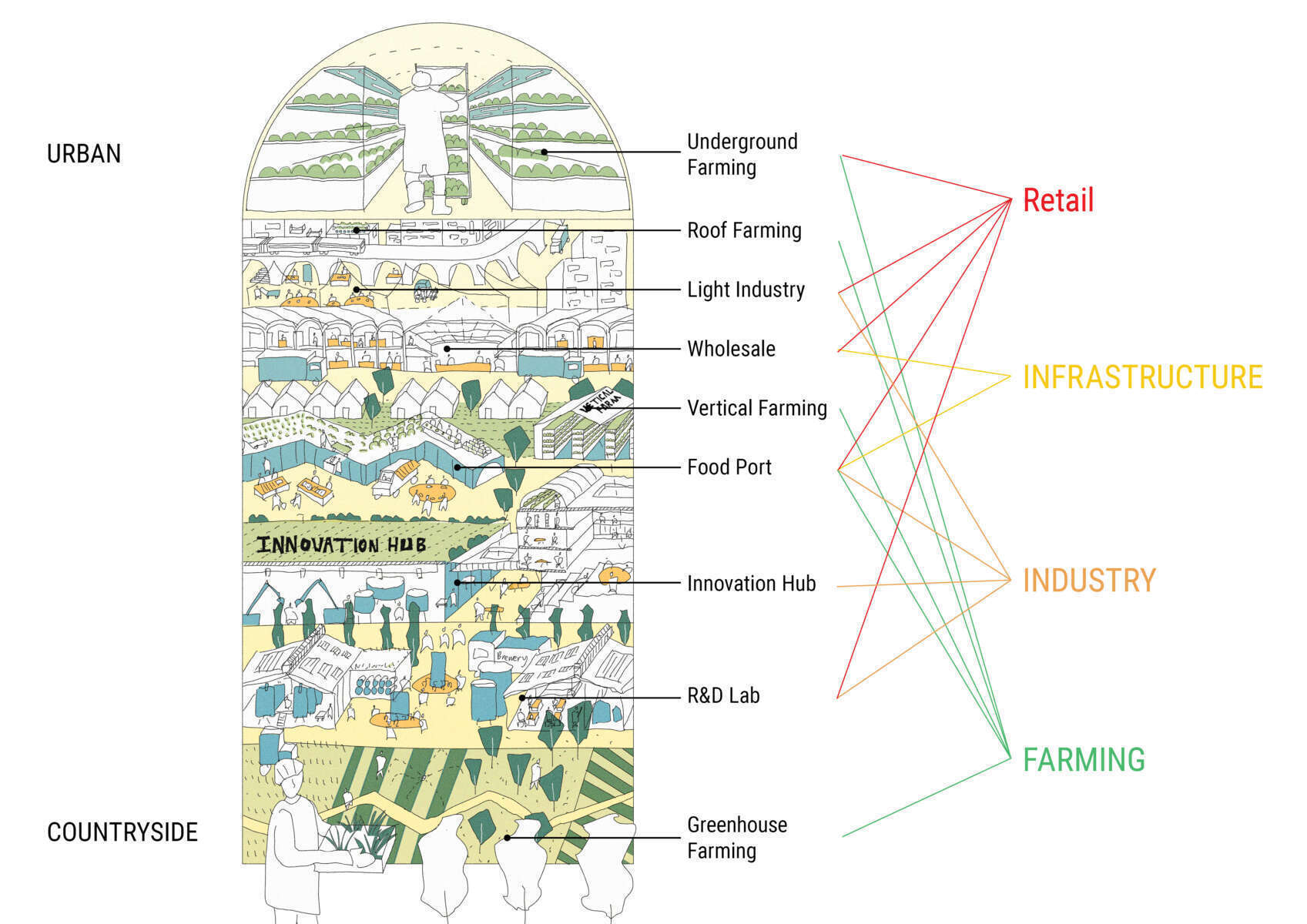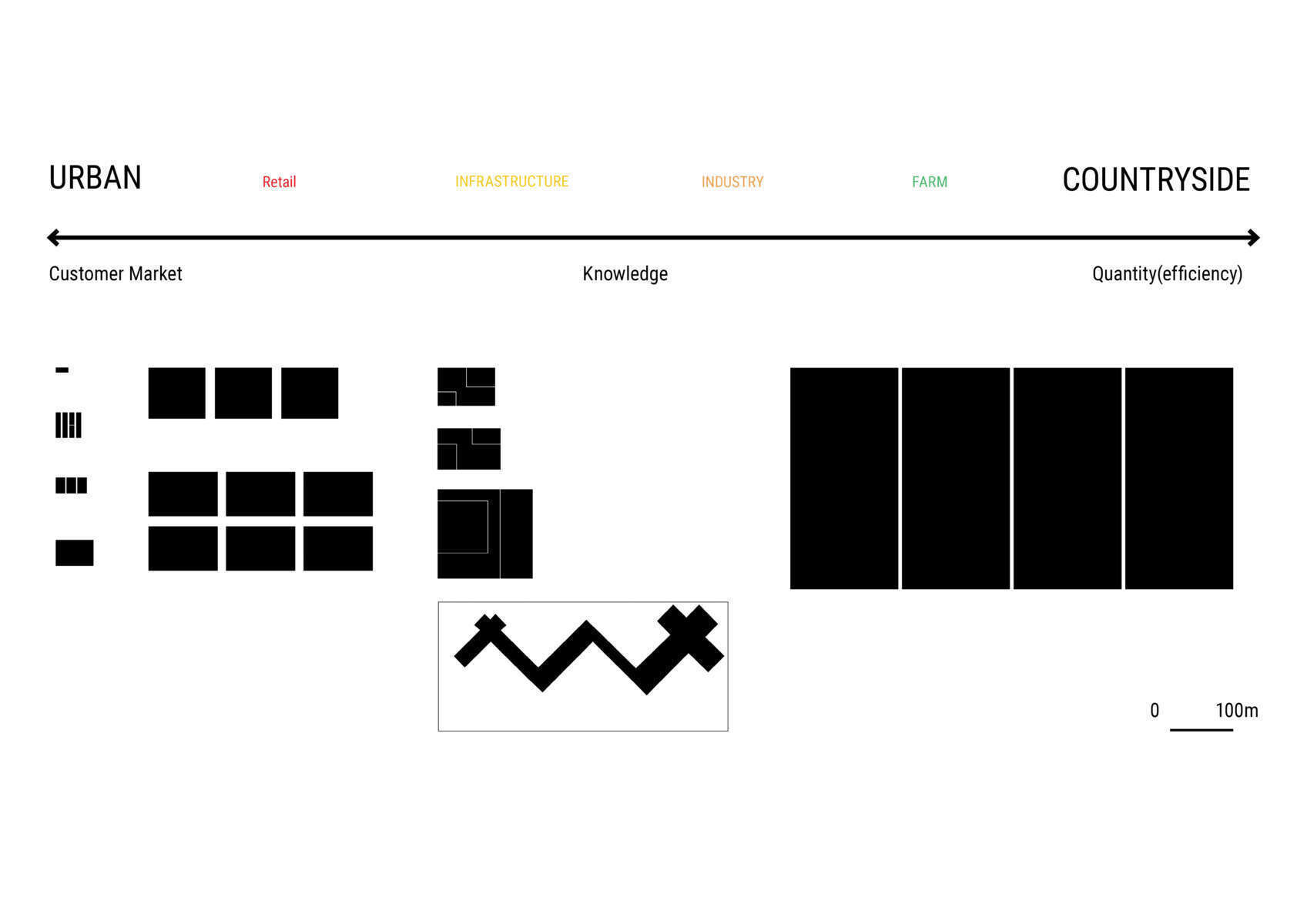Challenge and Opportunity: Getting Close to Food Products
Where does our food and drink come from? For some, the answer may be their fridge or local supermarket, but the reality is more complex than this. Behind our food produce is a sophisticated food industry that is supported by a mature commercial chain, encompassing farming, processing, distribution and retailing. Over the recent years, as technology has evolved, so too has its influence on the food industry, and today, the upstream and downstream food chain is developing into a more integrated knowledge network.
Over the next decade, the population of London is anticipated to rise by one million people, reaching 9.84 million by 2031; this poses the challenge, how do we feed a rapidly growing population. As urban designers, architects and landscape architects, can we develop a plan for our food industry which can effectively and flexibly tackle this issue? It is imperative we start to open our minds and begin to understand our local food challenges as well as the global ones, along with the emerging technologies and innovations. Once we commence this exploration, we can begin to uncover what the future of our food industry might look like.
Space For Food Product Network: Framework, Density and Knowledge
In order to build a comprehensive understanding of the food industry, initial research has been made into various food-related projects. Across each of the case-studies explored, three characteristics are typically evident:
- Mixed-use: The most successful food-related projects go beyond a standalone building that is designed for a single-purpose, such as production or distribution only. Instead, mixed-use schemes can facilitate the many roles required in the food network. These projects can then be integrated into our neighborhoods as places where we can grow, process, distribute, sell and consume, all under the one roof.
- Knowledge-led: The embracing of new technology, as well as the nurturing of talented people within the food industry, are fundamental factors in successful food-related case studies, where creativity across all stages is key.
- Scale determined by density: Similar to traditional industry, large scale food-related projects are often located in low-density areas, whilst within high density environments, food-related projects tend to stay smaller scale.
The following text is a reflection on the current and emerging trends within the food industry, which will help us both understand and design what its future may look like.
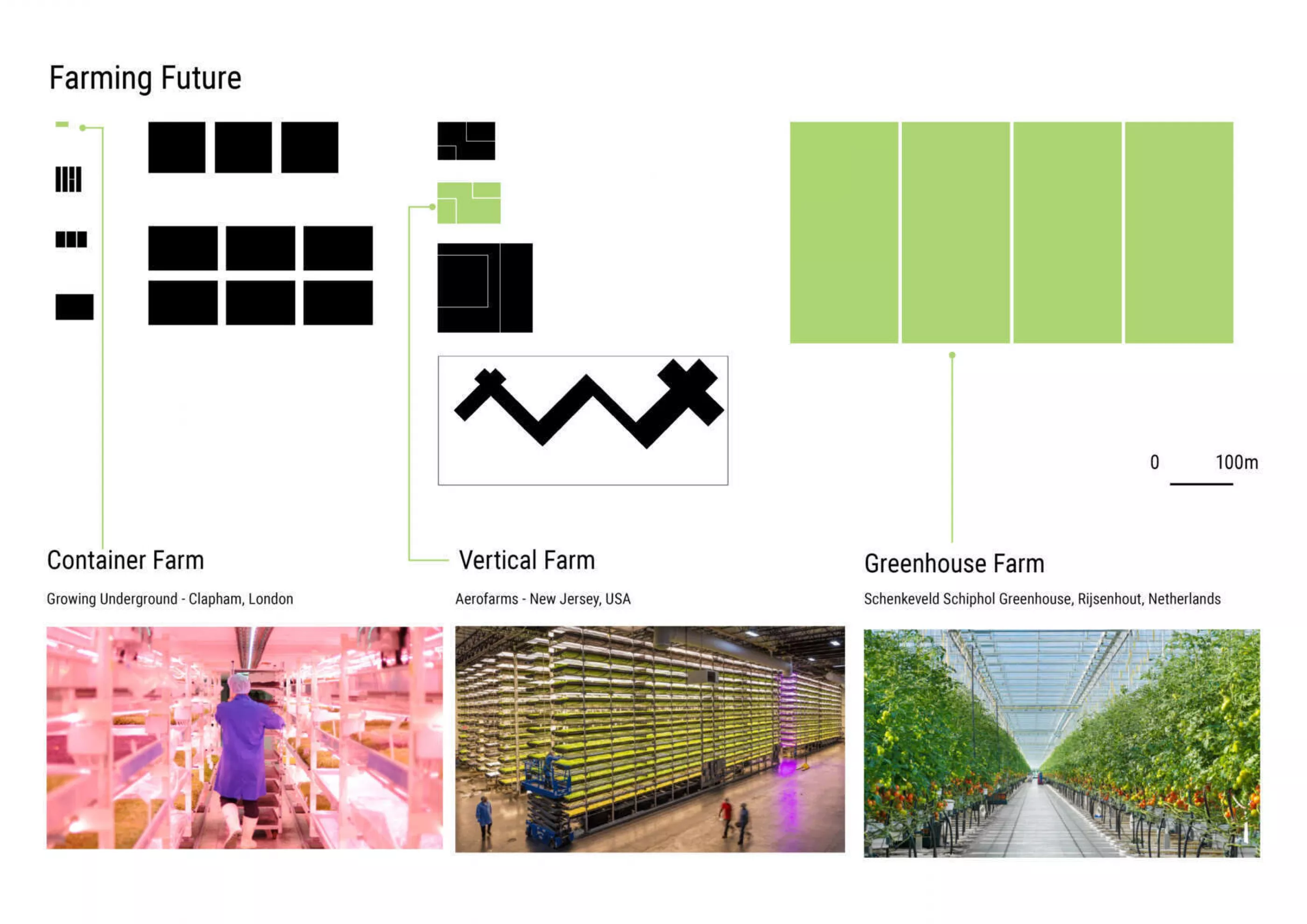 The future of farming
The future of farming
Farming Future: The Sky Is The Limit
There are three main types of high-tech farming that are used today: container farm, greenhouse farm and vertical farm. The latter, vertical farming, has become popular across the world for its use of controlled light and a watering system to grow food on cloth material instead of soil. The particular benefit of this is that it can reduce land and water consumption by up to 90%, meaning that vertical farming systems can easily be integrated within a high-density area, which in turn lowers the cost of shipping as well as reduces the carbon footprint. There are limitations to vertical faming, including the high cost of electricity needed to keep it running, as well as the limited types of crop that can be grown in this fashion.
Despite these current limitations, vertical farming is already being seen as a key part of the future of large-scale farming, and is a sector that is undoubtedly growing, courtesy of technology and market demand. The former is being explored to overcome the issues of energy and crop types, for example, improved technology has meant vertical farms can now grow tomatoes, when initially only leafy crops were possible. Furthermore, without the need for pesticide, vertical farming is the preferred choice for those who place priority on organic produce. As technology becomes even more advanced, and the cultural impetus becomes even more orientated towards environmentally friendly and healthy options, we can expect to see vertical farms appear more and more in our cities, from the underground network in central London, to a peripheral neighborhood of Manhattan, and over to the countryside area of the Netherlands.
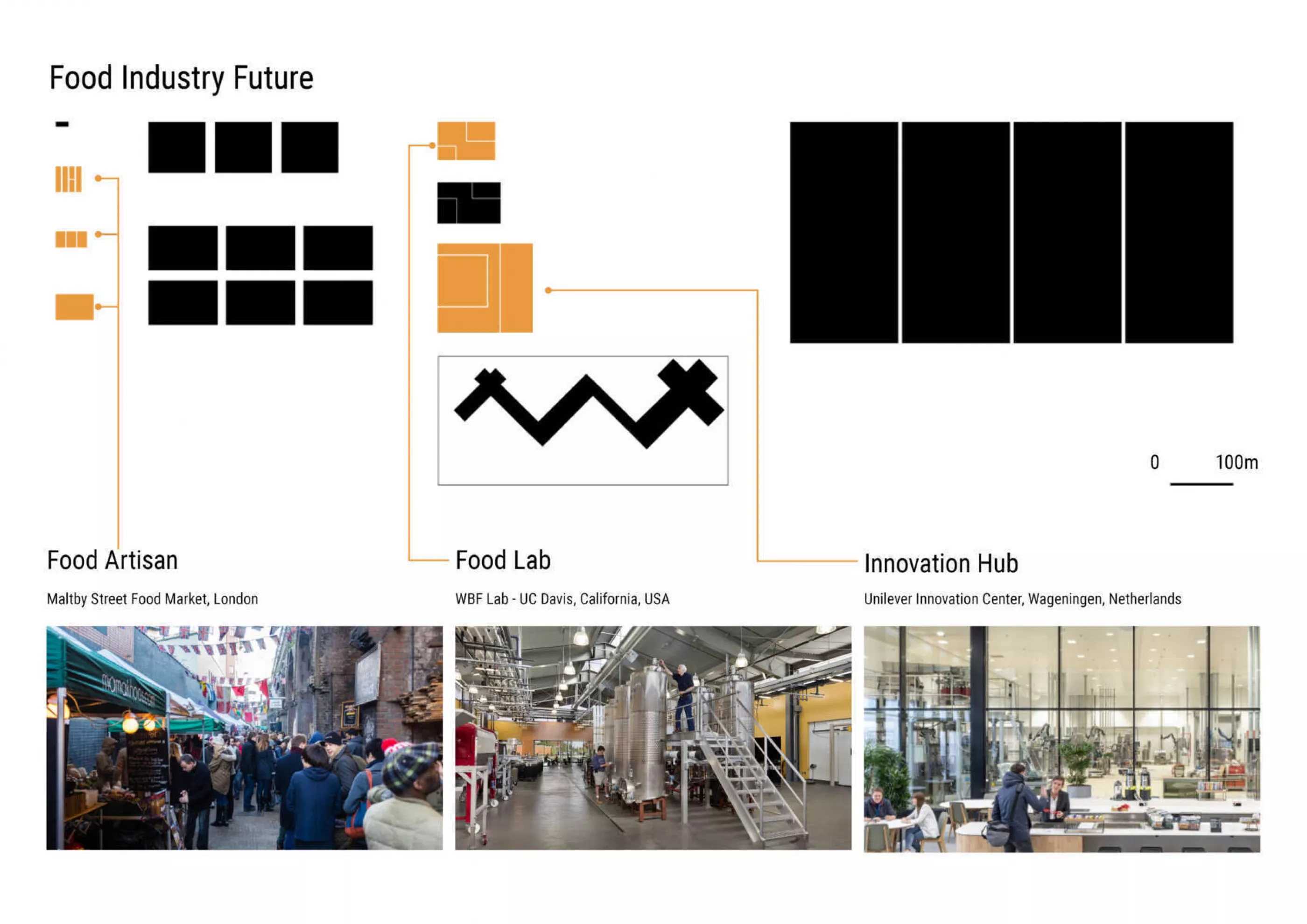 The future of the food industry
The future of the food industry
Food Industry Future: Productivity, Hospitality and Creativity
With the increasing densification of our cities, one of the common questions that arises is how do we integrate living with industry. A successful city is well mixed and diverse in its offering, as opposed to more mono-use whereby production and manufacturing are often driven out in favor of retail and workspace only. It is arguably a common misconception that our future economy is a digital and invisible high tech phenomenon, and that the ‘old’ economy of industry is dirty and noisy, and thus should be removed from our living environments. We ask, what does industry really look like today, and what is its future?
In central London, many food makers and artisans are producing and delivering products in a light industry environment. Improved technology has meant that these spaces, such as those for a brewery, can be very efficiently contained and organized within the fabrics of our cities, allowing for production, purchase and consumption to occur within shared facilities. When strategically placed within our cities, these places can become destinations and as integral parts of our neighborhood experience. Take for example Maltby Street in London, an unusual food market that is crowded every weekend. The market stalls sit between a series of redundant railway arches that are now occupied by food manufacturers, such as a coffee roaster, butcher, brewer, and dairy maker, all who both produce and sell their goods from the same location.
Food manufacturing is also about creativity, with food makers dedicating significant efforts into developing new recipes and innovations for healthier, tastier and more sustainable products for their customers. These changes and improvements are again being propelled by technology, with some factories becoming research labs and innovation centers.
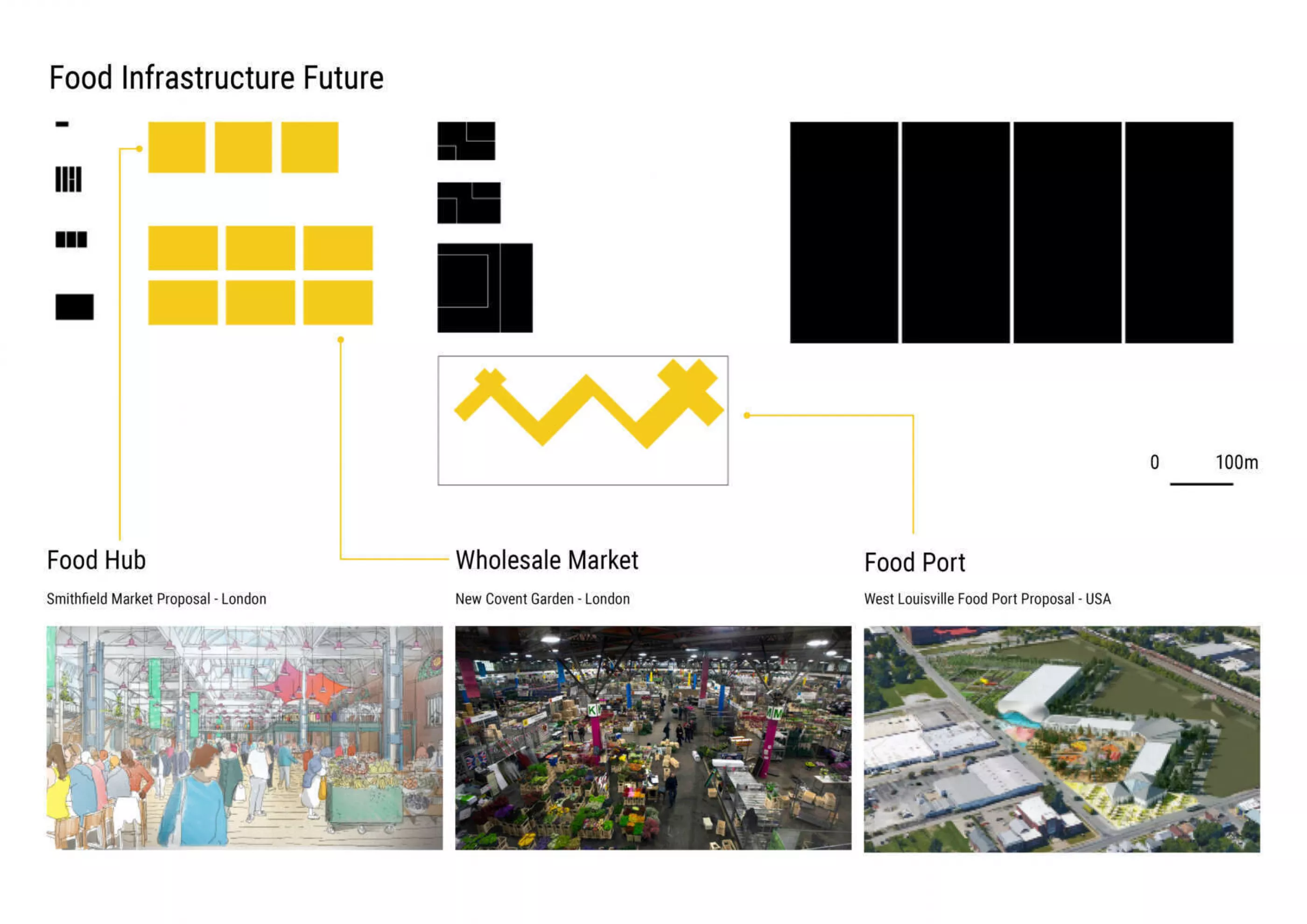 The future of food infrastructure
The future of food infrastructure
Food Infrastructure Future: New Generation of Civic Centre
Wholesale markets and distribution ports have long been an important piece of infrastructure within the food distribution network, bringing the food from the countryside to the city. Today, this infrastructure has evolved from being a pragmatic space for storing, distributing and selling, to become more interactive public destinations with social and educational purpose.
In London for example, consumers would once go to Smithfield Market in Farringdon for wholesale meat, whilst New Covent Garden in Nice Elms was the destination for fruit and flowers. Both markets were once bustling civic centers, but over time, particularly with the rise in online shopping as well as changing behaviors to meat consumption, they have fallen out of popularity. At Studio Egret West, we believe these places can be transformed into a more diverse public space with various activities that are centered around their original uses. For example, at Smithfield Market Studio Egret West are currently working with the City of London to transform the Grade II* listed building into a destination that could accommodate a myriad of exciting uses, should the current wholesale meat market move. A core theme for our vision is sustainable food production, preparation and consumption all under one roof, as well as the creation of flexible halls that could support the creative industries.
The transformation of New Covent Garden by KPF will too build upon its legacy to support the growth of trading, and is set to become a thriving, modern food quarter for London, with a world leading wholesale and distribution market operating alongside innovative, next generation food businesses.
Distribution ports - another form of food infrastructure - are less connected to public life compared with the wholesale market, traditionally working as storage for food aggregation and distribution. In West Louisville, USA, OMA has designed a new kind of distribution port as a community center, which not only accommodates the traditional function, but introduces communal uses such as a community kitchen, farming and market space to relocate food programs typically separated from the buyer back into the heart of the city.
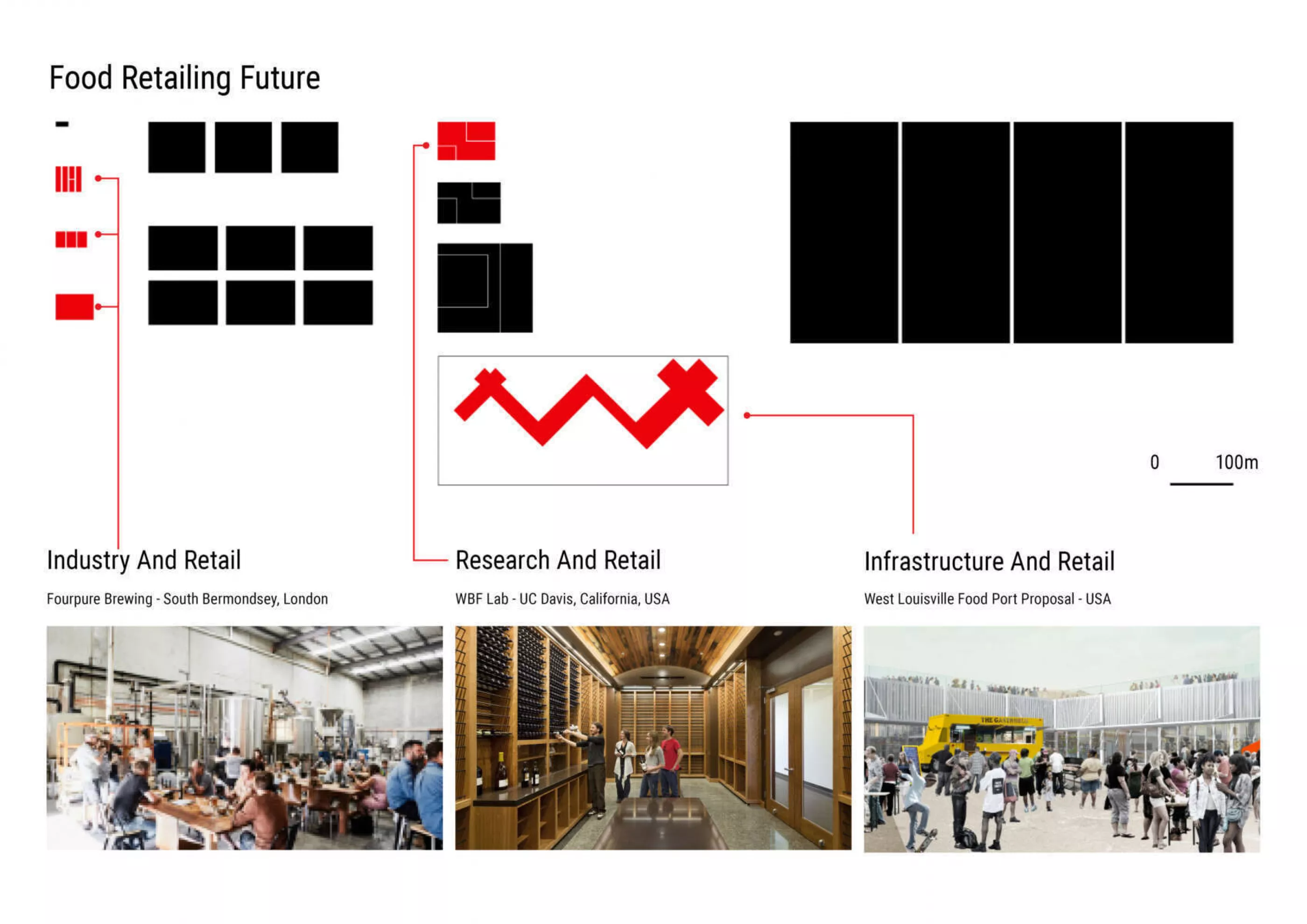 The future of food retailing
The future of food retailing
Food Retailing Future: Transparency and 24-Hour Economy
All these examples have been showing that the purchase of food is not the end of an industry chain anymore, instead, it will exist in every part of the network. People don’t need to go to a store to buy food, they can go to a factory, a food lab or a distribution hub to get what they want, where they will find lots of other events.
With this emerging highly-mixed nature of food retail, firstly, people will have a chance to know where their food comes from and how it is made, which will promote safety and well being of the city. Secondly, space can be operated 24 hours a day not only as retail but also as workspace and event space, which will keep it active during days and nights.
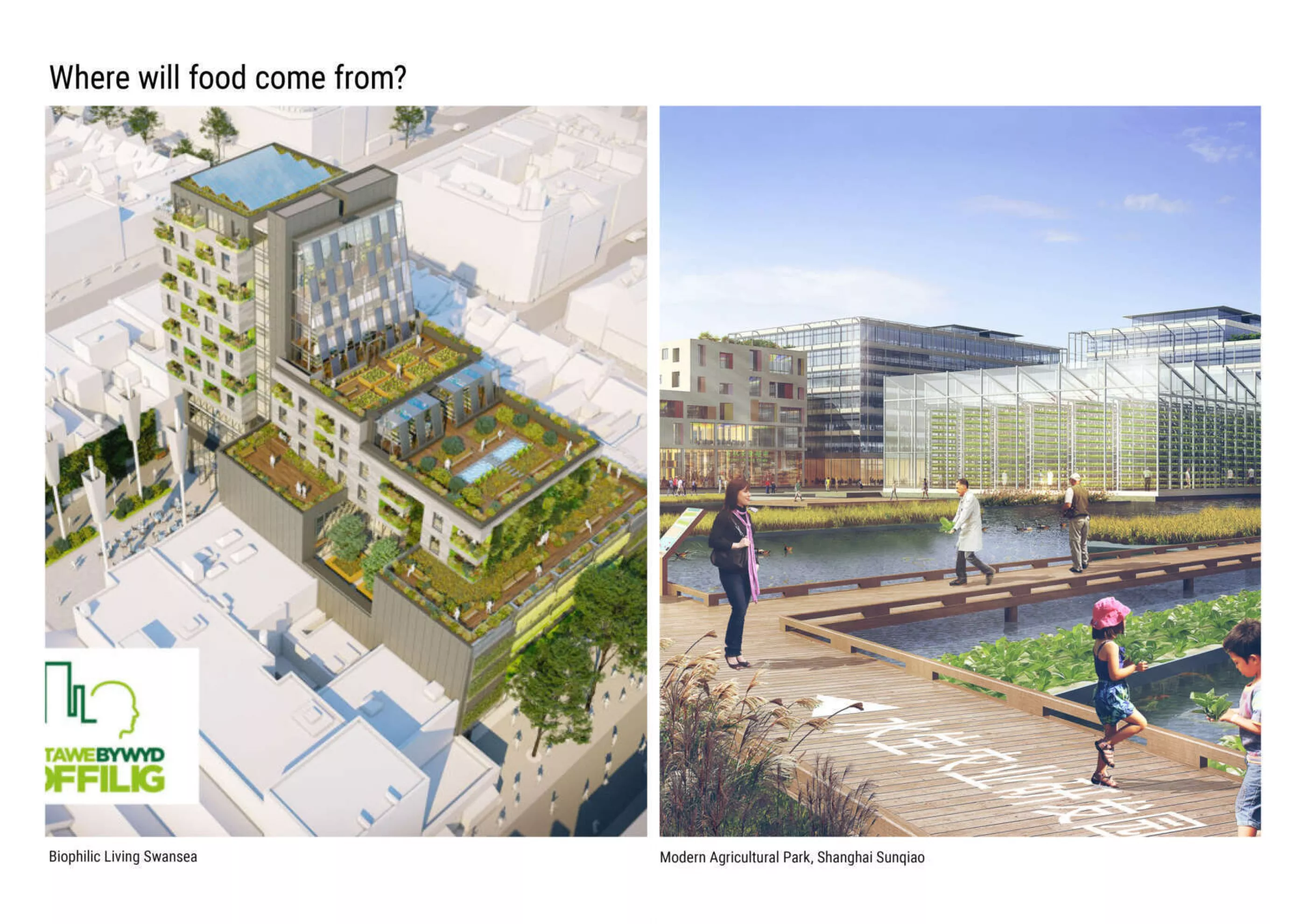 Where will food come from?
Where will food come from?
Food Urbanism Future: What Might This Look Like?
Now that we’ve explored where our food comes from today, the next question we need to ask is where it might be from in the future. I believe the answer could take two directions, both of which will see our cities shaped around food.
The first direction is a response to the improvement of soilless and automatic technology, which means it will become increasingly easier to grow food in unexpected places, such as a roof, balcony, basement or on the wall. Recent examples of this this include Biophilic Living Swansea in the UK, where affordable new homes and workspace are provided alongside a community urban farm in the heart of the development, whilst at Plantagon Cityfarm in Stockholm, a concept is being developed for the reuse of empty premises, including skyscrapers and basements, for resource efficient and sustainable food production.
Alternatively, the other direction could see people move out of the city centers, a shift that has arguably been made more profound in response to COVID-19. Situated between Shanghai’s main international airport and the city center, the Modern Agricultural Park in Sunqiao, Shanghai, by Sasaki, is a 100 hectare masterplan by Sasaki Asscoiates that challenges the traditional notions of rural and urban with a new piece of city that is centered on high-tech farm with housing, office, lab and a myriad of other facilities. The designs not only address Shanghai’s increasing demand for locally-sourced food, but also educates children about where their food comes from.
Whatever direction our food future might take, what is clear is that food urbanism encompasses multi-scale thinking, from the domestic space, to the building, and to the urban system. The future of food production will shape our future cites, evolving them as a blend of farming, industry, workspace, distribution space and retail, all alongside homes and recreation.
